
Which Sleep Position is Best for You?
Which Sleep Position is Best for You?
Sleep position and pain.
A good night sleep is essential to promote healing, reduce pain and improve daily function. Body positioning while we sleep can affect our muscles and joints and thus have an impact on pain and or stiffness either during the night or upon awakening in the morning.
Changing habitual sleep positions can relieve pain.
For someone with jaw and/or neck pain, a change in sleeping position can be very positive. One patient was a constant stomach sleeper. While she recognized it’s an easy and comfortable position to fall asleep in, it readily took a toll on her neck and jaw with frequent night waking as well as increased jaw and neck pain in the morning. Changing to a side and back sleeper position was not simple but definitely a contributing factor to eliminating night wakings and morning pain.
Optimal positioning during sleep can benefit anyone with or without muscle and/or joint pain. While we may not necessarily stay in the the exact same position through the night, trying to fall asleep in a position that has less strain on our muscles and joints can facilitate sleeping the right amount of hours that the body needs to reduce pain and feel re-energized for the next day.
PROS AND CONS OF 3 SLEEPING POSITIONS: A Physical Therapist’s perspective.
Stomach (prone) Sleeping
PROS:
- Hmm…perhaps the only benefit is that it is a sleep position of comfort and an easy position to fall asleep.
CONS:
- Increased stress and strain on the vertebral joints in the neck (cervical spine).
- Strains the neck muscles.
- Increased pressure on one side of the jaw.
The head and neck is basically turned to one side while receiving pressure from the pillow or bed for up to 8-10 hours at a time, depending on the amount of time one stays on their stomach. Ouch. Avoid this position if possible.
Side sleeping
PROS
- Position of comfort for many people.
- Minimal pressure on your spine.
- Preferred sleep position for people with respiratory or breathing difficulties including sleep apnea.
CONS
- May put pressure on your hip bone on the side you are laying on.
- Can possibly put pressure on your lower shoulder as it is pushed forward with your body weight on top. May also impinge or “pinch” your lower shoulder if you sleep with your arm up above shoulder level (try and avoid this if you can).
- Pressure on the jaw may result depending on your pillow and head position.
- The forward head position may be exacerbated as your head shifts forward while you sleep.
- An incorrect pillow size (“too big” or “too low” pillow) may place undue strain on the neck.
The cons presented here do not necessarily apply to everyone and often apply to people with co-existing conditions. It may often depend on your body type, including shoulder breadth and pelvis/hip width. In general, side sleeping is a good option for many people. It is much better than sleeping on your stomach!
Back sleeping
PROS
- No pressure on your back or neck.
- Avoids pressure on the jaw.
- Gravity promotes the shoulders to relax and open up the pectoral area. There is no pressure on the shoulders.
- No facial creases from the pillow case.
CONS
- Not advised for people with breathing difficulties or respiratory conditions such as sleep apnea.
- Often a long learning curve to learn to fall asleep in this position if previously preferred to stomach or side sleep.
Sleeping on your back is ideal as long as you do not have respiratory difficulties.
How can a Physical Therapist help?
A physical therapist has a thorough understanding of body mechanics and can help clients work out the best sleeping position and pillow support for their individual needs. Various tips and strategies can be applied so that undue strain to muscles and joints can be avoided. The goal is to obtain a restful night sleep.
Leah Segelov, PT, MA is a Physical Therapist for over 19 years and owner of Segelov Physical Therapy, PLLC in Manhattan, New York. She may be contacted via e-mail at leah@segelovpt.com
Leah specializes in musculoskeletal and orthopedic conditions, TMJ disorders and facial paralysis.
Blog updates can be emailed directly to your inbox. Please subscribe on the home page www.segelovpt.com
Disclaimer: The entire content on this blog is for educational and informational purposes only. No responsibility is taken or assumed for any action taken by the website user as a result of information on this website. Website users should seek their own professional advice regarding their individual situation as to whether a specific or general treatment, remedy or exercise is appropriate for their condition.
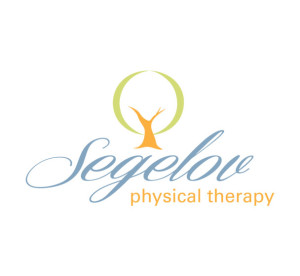

 Previous Post
Previous Post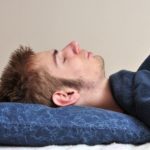 Next Post
Next Post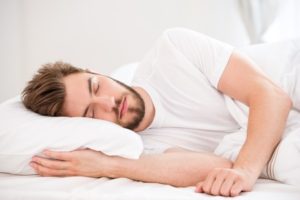
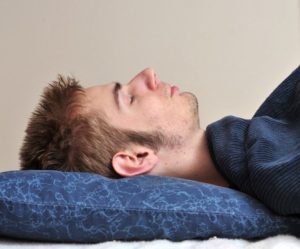
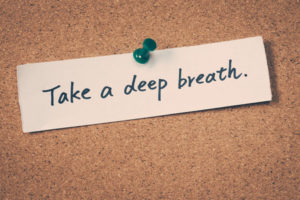
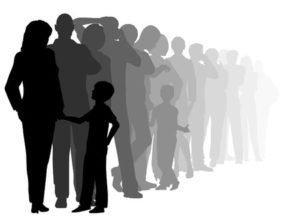
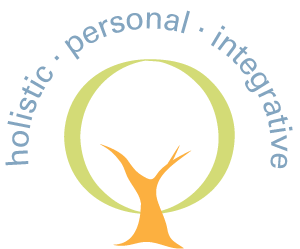 © copyright 2015 Segelov Physical Therapy, PLLC. All rights reserved.
© copyright 2015 Segelov Physical Therapy, PLLC. All rights reserved.